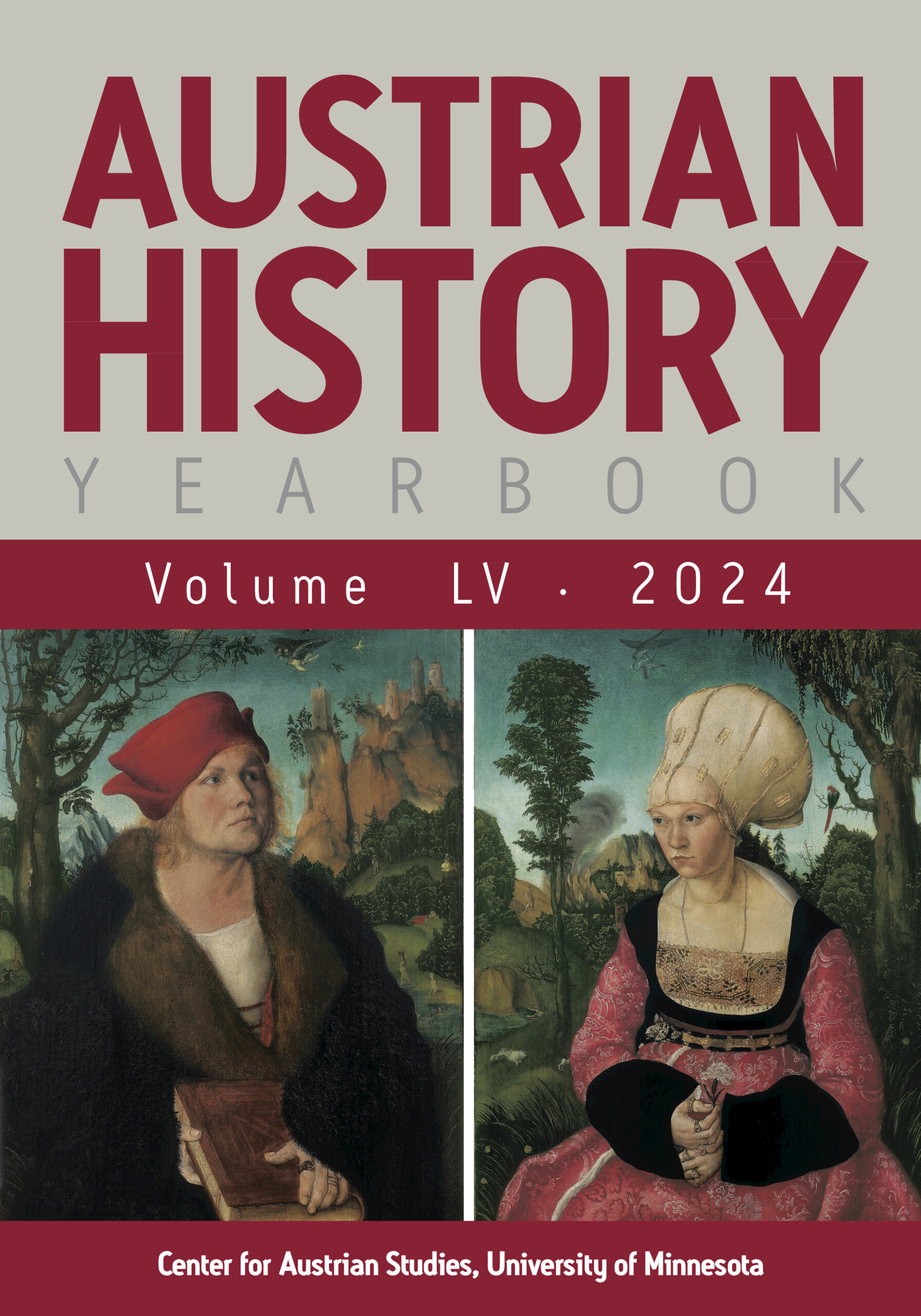With Heart of Europe: A History of the Holy Roman Empire, Peter H. Wilson has produced an impressive and inspiring magnum opus that tells the history of the Holy Roman Empire from its medieval beginnings to its end in the nineteenth century. On top of this, Wilson gives an overview on the history of its perception in the following centuries and its role in modern political debates. What is even more impressive is Wilson's approach to the book's structure: instead of telling the empire's history chronologically, he chooses an analytical outline. In this way, he points out connections as well as breaks between the medieval and the early modern empire.
The book is divided into four main parts with several subchapters, each focusing on a central aspect that profoundly shaped the character of the empire. The first part, “Ideal,” analyzes the fundamental ideals of the empire: Christianity, the Roman law, and the idea of imperial rule with the claim to moral leadership of Christendom. Accordingly, the often difficult but nonetheless close relationship with the papacy receives a great deal of attention. But Wilson also looks at the relationships with other empires, such as Byzantium, the Ottoman Empire, Russia, and France (especially medieval France, as well as the Napoleonic empire). He examines how they dealt with at times competing claims for leadership as well as how the Holy Roman Empire dealt with its gradual loss of importance and precedence in the international system during the second half of the early modern period. The first part closes with some reflections on the empire and colonialism.
The second part, “Belonging,” explores the question of the makeup of the empire by looking in a first step at the lands and territories of which it was comprised, albeit often with a very different legal status. Additionally, Wilson discusses different forms of identities as well as ethnicity and social organization. These questions are closely linked to concepts of nation and nationhood, which also influenced the historiography of the Holy Roman Empire and thus shaped its historical image profoundly. Central to Wilson's argument is his assumption that “the absence of a single political center in the Empire complicated the definition of German national identity, encouraging several, often antagonistic versions of Germanness by the eighteenth century” (255).
In the third part, “Governance,” Wilson asks how such a heterogeneous and federal empire was governed, thereby explaining the legal system of the empire, its changes over the centuries, as well as its ideological foundations. In the fourth and final part, “Society,” Wilson connects the questions of identity and governance by asking how these were intertwined with social developments. He stresses the increasing importance of corporate identities as an integral part of the social order that kept the empire working. He thereby also ponders the question of the significance of the empire among its inhabitants, and he concludes that it mattered much more than traditional historiography has previously suggested.
Wilson concludes this tour de force with a chapter on the empire's afterlife. He discusses the dissolution of the empire and the following political developments as well as its evaluation in the following centuries up until today. Wilson looks at how the Holy Roman Empire is used and even instrumentalized in political debates in the twentieth and twenty-first centuries in comparison with the European Union. He questions whether such a perspective is appropriate—besides being used as a political argument—and if we can indeed learn from the empire's long history. He concludes: “Rather than providing a blueprint for today's Europe, the history of the Empire suggests ways in which we might understand current problems more clearly” (686).
One does not have to agree with such comparisons; however, it is important for historians to engage in these discussions and offer their expertise. For historians, such a change of perspective can in turn be very inspiring and open up new insights, even if one might take it with a pinch of salt.
In general, Wilson's work is inspiring; but it is also at times challenging for the reader, as one must keep up with Wilson's complex structure of argumentation, constantly switching between centuries. To guide the reader, the book is accompanied by an extensive number of maps, a detailed and annotated chronology, a glossary, and an index—all of which are worth mentioning. To sum up, Wilson's History of the Holy Roman Empire is not a reference book, but it should be read as whole, from start to finish, providing its reader with ample food for thought.


